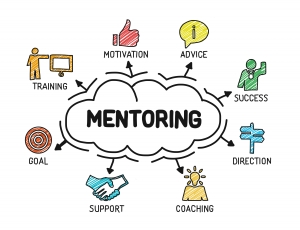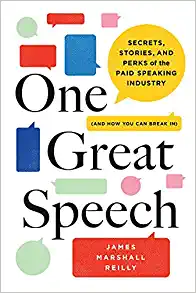Blog to Put Objects into the Conversation
“Florist Larry Becker and architect Roger Crowley are educators as much as antiquarians,” Martha Stewart writes about the two men who, last year, opened an antique shop in Hopewell, New Jersey called Welbourne Robinson. Crowley describes his partner’s artistic instincts in putting together collages by saying “Larry puts objects into conversation with one another.” In turn, Crowley strives for a “balance of lightness and heaviness” in his own floral arrangements.
When it comes to blogging for business, different “objects”, or types of posts, can present a pleasing and informative overall impression. James Parsons of contentpowered.com. for example, has determined that there are as many as12 primary types of blog content that can be juxtaposed or “collaged”, including press releases, personal content, news content, local content, roundups, and evergreen posts.
Shaun Pinney of Hubspot likens blog posts to cooking, describing:
- Raisin Bran posts (basic, everyday posts that are educational)
- Spinach posts (healthy and thoughtful establishing you as a thought leader)
- Roasts – big projects with extra research r analysis
- Chocolate Cake posts – humor t diversify your blog
- Tobasco – controversial statements and opinion pieces
At Say It For You, I’m always on the lookout for different “templates”, not in the sense of platform graphics, but in terms of formats for presenting information about any business or professional practice. Here are just a few possible “templates”:
How-to Post
This type of post aims to teach the reader something, taking them through a step-by-step process. Variations include “How I _____and How You Can, Too.” And “Why ____ Matters and How To Do it”. - List Post
The list post offers readers a selection of ideas, tips, suggestions, or resources. - Review Post
Review posts offer an informed opinion about a particular product or service. - OpEd Opinion Post
This post states a point of view about a particular topic (the blog author can then add his or her own commentary.) - Interview Post
The author interviews a client, an employee, or an outside source.
One way to put these different “objects into conversation with one another” is to refer back and forth among different posts through internal linking. In fact, Neil Patel advises, “Your old posts are the key to growing your blog.”






Follow us online!